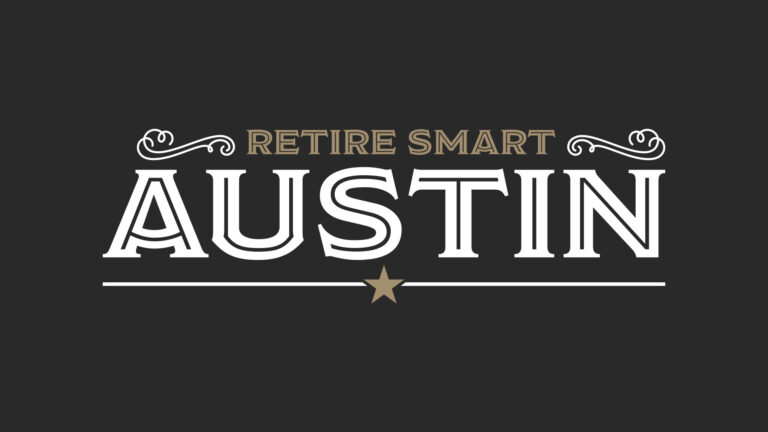Retirement plan funds are designed for retirement, but Congress continues to make it easier for employees to pull out those funds while still working. The SECURE 2.0 law adds several new in-service withdrawals that can be made from 401(k), 403(b) and 457 plans. The law also relaxes some of the rules for traditional hardship withdrawals from these plans.
New SECURE 2.0 In-Service Withdrawals
The new in-service withdrawal options are for: federally-declared disaster expenses; terminal illness; victims of domestic abuse; and emergency expenses. (In-service withdrawals to pay long-term care premiums become available in 2026.) Note that plans are not required to offer withdrawals for any of these reasons. But if offered, these new SECURE 2.0 withdrawals can be made before age 59 ½ —without paying the 10% early distribution penalty.
SECURE 2.0 Changes to Traditional Hardship Withdrawals
Traditional hardship withdrawals from 401(k) and 403(b) plans have always been required to satisfy three conditions:
- The withdrawal must be for an “immediate and heavy financial need.” Most plans allow employees to automatically satisfy this requirement if their expense fits into one of seven “safe harbor” categories: medical expenses; home purchase costs; post-secondary educational expenses; payments necessary to prevent eviction or mortgage foreclosure; funeral expenses; expenses to repair home damage; and disaster-related expenses and loses.
- The amount of the hardship request can’t more than is necessary to cover the expense.
- The employee can’t have enough cash or other assets readily available to cover the expense.
457(b) plans are subject to a stricter standard than the 401(k)/403(b) standard: the expense must have resulted from an “unforeseeable emergency.”
Starting in 2023, the SECURE 2.0 law permitted 401(k) and 403(b) plans to allow employees to self-certify that all three of these conditions have been met. 457(b) plans can also allow self-certification to demonstrate an unforeseeable emergency. Although self-certification is optional, not mandatory, most plans will welcome it as a way of taking a big administrative burden off their plate.
SECURE 2.0 also gave 403(b) participants more access to their accounts for hardship withdrawals. Before 2024, 401(k) hardship withdrawals could be made from all plan accounts, but 403(b) withdrawals could only come from employee salary deferrals (without earnings). In addition, 403(b) participants were required to obtain plan loans before receiving a hardship distribution, but 401(k) participants were not. Effective for 2024, SECURE 2.0 makes the 403(b) hardship withdrawal rules the same as the 401(k) rules.
Taxes and Penalties
Keep in mind that in-service withdrawals of pre-tax funds, whether traditional hardship withdrawals or SECURE 2.0 withdrawals, are taxable. And, while SECURE 2.0 withdrawals are never subject to the 10% penalty, traditional hardship withdrawals may be subject to penalty if made before age 59 ½.
How SECURE 2.0 Impacts Company Plan In-Service Withdrawals




